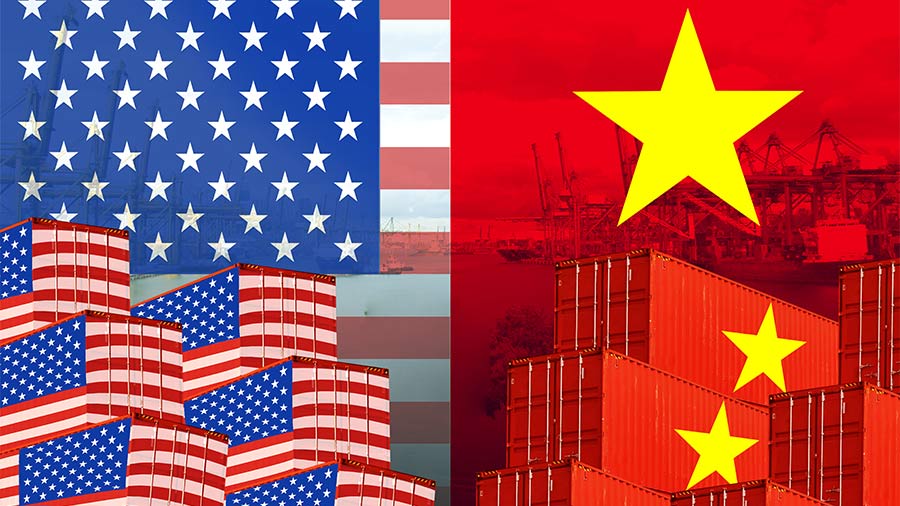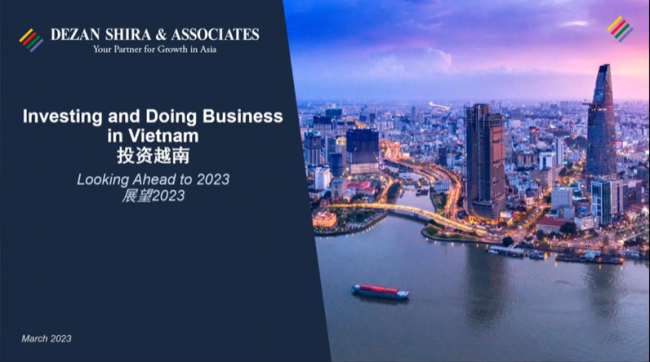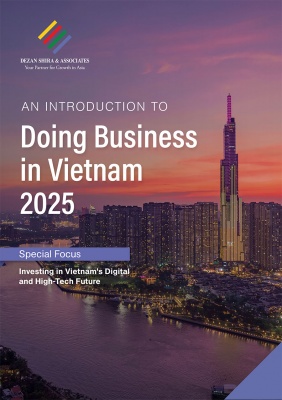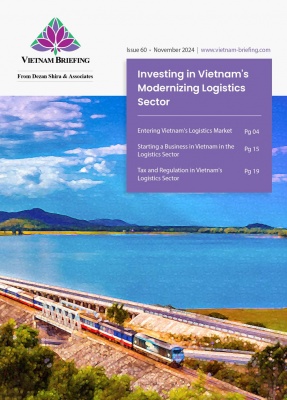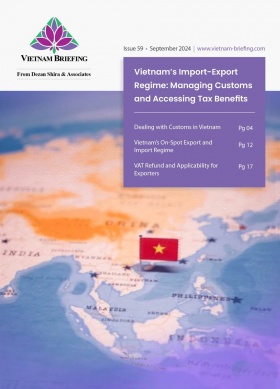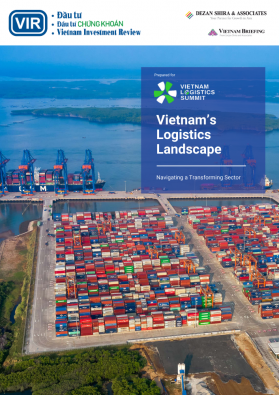Nghe An Province Approves US$590 Million Singaporean Textile Investment
Nghe An Province has secured a significant foreign direct investment (FDI) milestone with the approval of a US$590 million textile manufacturing project by Mega Textile Singapore Private Limited. This development not only strengthens Vietnam’s position as a preferred destination for FDI but also highlights Nghe An’s emergence as a hub for industrial growth.
A mega investment for Nghe An
The Mega Textile-Vietnam factory, set to be built in the Tho Loc Industrial Park within the Southeast Nghe An Economic Zone, will span over 51 hectares. The factory’s planned annual production includes 67,200 tonnes of fabric, 10,300 tonnes of knitted goods, 7,200 tonnes of coloured yarn, 130 million pieces of clothing, 100 million belts, and 2.2 million semi-finished products.
The project will follow a phased implementation schedule, with preparations concluding by Q2 2025 and trial operations commencing in Q2 2028. Once fully operational, it is expected to generate 15,000 jobs, significantly contributing to local employment and the province’s economic development.
FDI driving Nghe An’s economic growth
With this investment, Nghe An’s total FDI capital for the year will reach nearly US$1.7 billion, placing the province among Vietnam’s top 10 FDI destinations. This surge underscores Nghe An’s strategic importance and its growing appeal to international investors.
Singapore: Vietnam’s leading FDI partner in 2024
Singapore continues to dominate Vietnam’s FDI landscape, investing US$4.01 billion in the first half of 2024, accounting for 42.1 percent of newly registered capital. By November, Singapore registered capital in Vietnam reached registered capital reached US$9.14 billion.
Vietnam’s processing and manufacturing industry attracted the lion’s share of these investments, emphasizing the country’s strong manufacturing capabilities and investor-friendly environment.
Mega Textile Singapore Private Limited is a subsidiary of Best Pacific International Holdings Limited, a leading Hong Kong-listed supplier of fabrics to global sportswear and undergarment brands. This is not the group’s first venture into Vietnam; its 2016 factory in Hai Duong Province employs over 1,600 workers. The new Nghe An facility marks an ambitious expansion, underlining Vietnam’s role as a critical player in global textile manufacturing.
Why Nghe An?
Nghe An offers strategic advantages for foreign investors, including its proximity to key transport corridors, competitive labor costs, and incentives from the government. The Southeast Nghe An Economic Zone, in particular, is designed to attract high-value manufacturing and logistics operations, providing tailored infrastructure and policies to support growth.
Nghe An is a coastal province located in the northernmost part of Vietnam’s North Central Coast region. It borders Thanh Hoa to the north, Ha Tinh to the south, and shares its western boundary with Laos, including the provinces of Xiangkhouang, Bolikhamsai, and Houaphan. To the east, Nghe An faces the South China Sea (Gulf of Tonkin).
As the largest province in Vietnam by area, Nghe An plays a strategic role in the region. It lies along the East-West Economic Corridor, connecting Myanmar, Thailand, Laos, and Vietnam via National Route 7, which leads to the port of Cua Lo. This location positions Nghe An as a key player in regional trade and economic integration.
Advisory for foreign investors
Foreign investment in Vietnam’s textile manufacturing sector offers significant growth opportunities with the right strategic approach. Key investment models include Wholly Foreign-Owned Enterprises (WFOEs) for full control, joint ventures to leverage local expertise, and mergers and acquisitions (M&As) for quick market entry. High-potential segments such as advanced textiles, eco-friendly manufacturing, and raw material production are crucial focus areas. Investors should also prioritize locations near key ports and industrial zones to optimize logistics and take advantage of tax incentives.
Leveraging trade agreements like the CPTPP and EVFTA can help reduce tariffs and diversify export markets. Sustainability is becoming essential, with opportunities to invest in eco-friendly practices, renewable energy, and recycling systems, meeting the growing demand for ethical production. Automation and digitalization are key to improving efficiency and quality in manufacturing.
Tax incentives, such as corporate income tax reductions, and support from local advisors can help navigate regulatory complexities. Strategic partnerships with local suppliers and global brands can strengthen supply chains and ensure long-term demand. Finally, staying attuned to shifting global trends, such as growing preferences for sustainable products, will allow investors to remain competitive in the evolving market.
For support on business inquiries, please email at Vietnam@dezshira.com.
Vietnam’s textile sector overview
Vietnam’s textile manufacturing sector is a critical pillar of its economy and a global hub for textile and garment production. Here’s an overview:
Industry significance
- Exports: Vietnam is among the world’s top exporters of textiles and garments, with products shipped primarily to the US, EU, Japan, and South Korea. Vietnam’s textile and garment exports grew by 6.3 percent, reaching US$20.2 billion in the first seven months of 2024. In 2023, Vietnam’s textile exports totaled US$40.3 billion.
In 2023, the top 10 export destinations for Vietnamese textiles and clothing were:
- USA: US$11 billion
- Japan: US$3 billion
- EU: US$2.9 billion
- South Korea: US$2.43 billion
- Canada: US$850 million
- China: US$830 million
- Cambodia: US$610 million
- United Kingdom: US$500 million
- Australia: US$350 million
- Malaysia: US$264 million
Competitive advantages
- Skilled labor: Vietnam has a skilled and cost-competitive workforce adept at producing high-quality garments and textiles.
- Strategic location: Proximity to major consumer markets like China and access to global shipping routes.
- Trade agreements: Free Trade Agreements (FTAs) such as the CPTPP, EVFTA, and RCEP provide Vietnamese exporters with preferential market access and reduced tariffs.
- Strong supply chain: Vietnam is building a more integrated supply chain, particularly in weaving, dyeing, and finishing, to reduce reliance on imported raw materials.
Challenges
- Dependence on raw materials: Vietnam imports a significant portion of its textile raw materials, particularly from China. This reliance increases vulnerability to supply chain disruptions.
- Environmental concerns: The dyeing and finishing processes are resource-intensive and face scrutiny over water usage, pollution, and carbon emissions.
- Rising costs: Labor costs are gradually increasing as Vietnam’s economy develops, making it less cost-competitive compared to some regional peers.
Sustainability trends
- Eco-friendly practices: Many firms are adopting sustainable practices, such as using organic cotton, recycling materials, and implementing energy-efficient production processes.
- Certifications: Companies seek certifications like OEKO-TEX, BCI (Better Cotton Initiative), and GOTS (Global Organic Textile Standard) to appeal to environmentally conscious consumers.
- Green energy: Renewable energy adoption is gaining traction, particularly solar and wind, to power manufacturing facilities.
Foreign investment
- Major players: FDI (Foreign Direct Investment) from countries like South Korea, China, Japan, and the US drives the sector, particularly in high-tech fabric production and garment manufacturing.
- New investments: Foreign-invested enterprises are focusing on advanced textile production and sustainable operations.
Outlook
- Digital transformation: Technologies like AI, IoT, and automation are expected to optimize manufacturing processes and reduce costs.
- Vertical integration: The government is encouraging domestic production of raw materials to enhance self-reliance.
- Export growth: With trade agreements and rising global demand for eco-friendly products, Vietnam’s textile exports are poised for growth.
Vietnam’s textile and garment industry is a major contributor to its economy, accounting for a significant portion of its export revenue. With the addition of the Mega Textile-Vietnam factory, Vietnam will further consolidate its position as a global textile hub, meeting the rising demand for high-quality, sustainably produced goods.
Conclusion
The US$590 million investment by Mega Textile Singapore Private Limited is a testament to Nghe An’s growing prominence as an FDI destination and Vietnam’s competitiveness in the global manufacturing arena. As more international players like Best Pacific deepen their footprint in Vietnam, the country’s industrial ecosystem stands poised for sustained growth and diversification.
About Us
Vietnam Briefing is published by Asia Briefing, a subsidiary of Dezan Shira & Associates. We produce material for foreign investors throughout Asia, including ASEAN, China, and India. For editorial matters, contact us here and for a complimentary subscription to our products, please click here. For assistance with investments into Vietnam, please contact us at vietnam@dezshira.com or visit us at www.dezshira.com.
Dezan Shira & Associates assists foreign investors throughout Asia from offices across the world, including in Hanoi, Ho Chi Minh City, and Da Nang. We also maintain offices or have alliance partners assisting foreign investors in China, Hong Kong SAR, Dubai (UAE), Indonesia, Singapore, Philippines, Malaysia, Thailand, Bangladesh, Italy, Germany, the United States, and Australia.
- Previous Article Vietnam and China Manufacturing: Key Comparisons for Business Strategies
- Next Article Vietnam Amends 9 Laws: Major Changes to Financial & Tax Regulations
